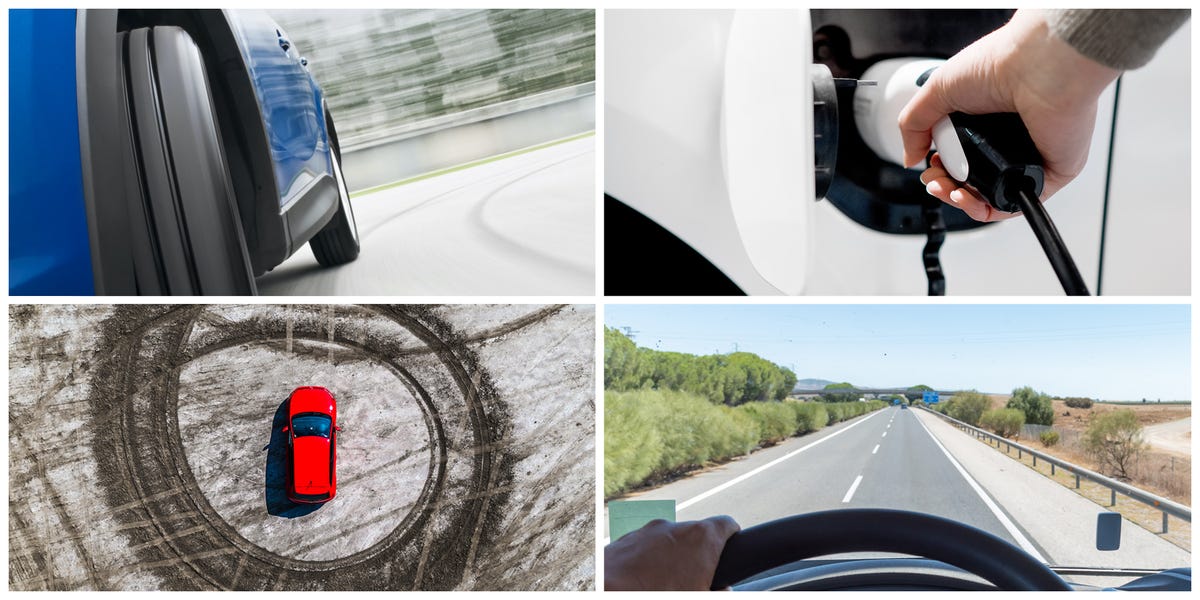
Tesla’s secret team to suppress thousands of driving range complaints
About a decade ago, Tesla rigged the dashboard readouts in its electric cars to provide “rosy” projections of how far owners can drive before needing to recharge, a source told Reuters.
Interesting.
TL;DR
1. Above 50% SOC the cars over state range, and under 50% they become more realistic.
2. Tesla had or has a team in Nevada and now moved to Utah solely dedicated to cancelling Service requests for range complaints, as they are deluged with them.
3. EPA ratings: Tesla aggressively uses all options to get the most rosy estimates (we knew that)
4. No comment from Tesla or any mfg on range for the story, some old comments.
So this feels about the same as almost every ICE car I've owned. The fuel gauge drops slower for the first 2/3 of a tank, then drops quicker at the end.
"Supercharging-Batterieanzeige auf dem Display, während der Elektroauto-Ladung an einer Tesla Supercharger Ladestation" by verchmarco is licensed under CC BY 2.0.
Admin note: Image added for Blog Feed thumbnail
Last edited:




